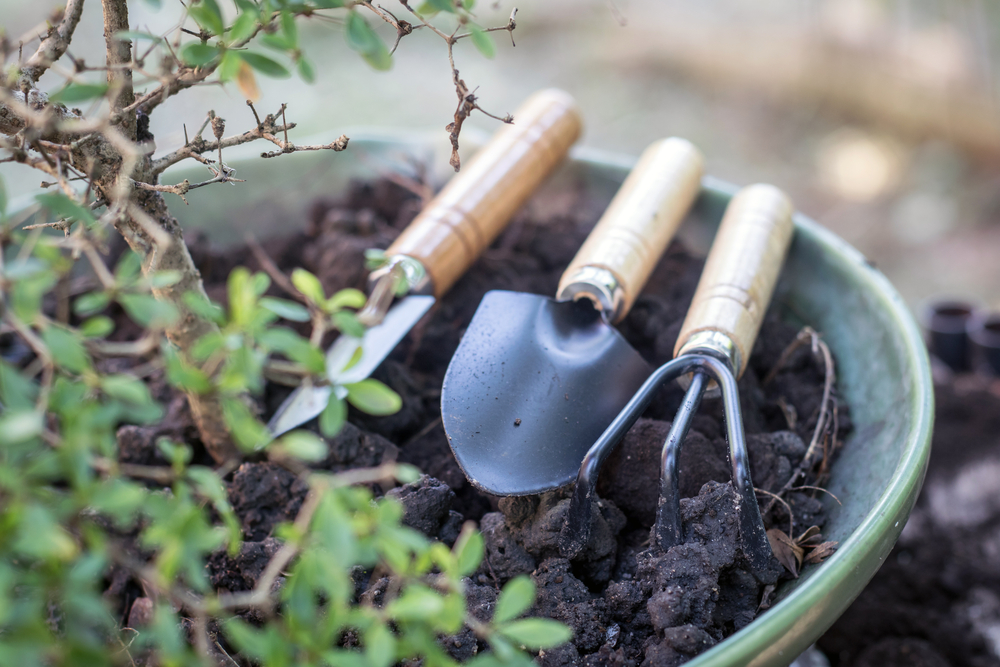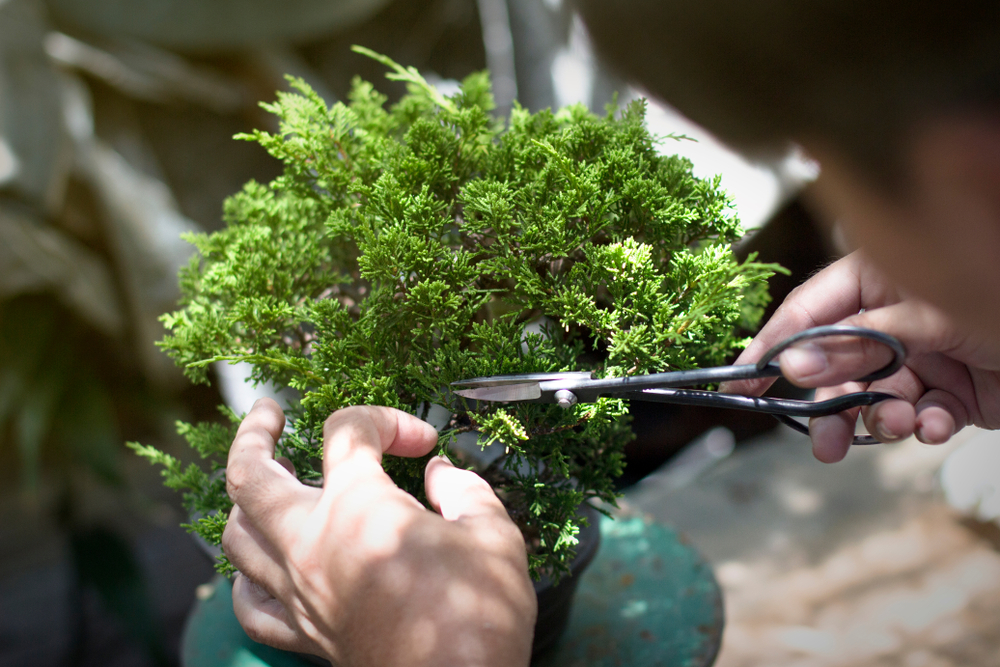Growing a Bonsai won't be like any regular plant. There's a lot of skill, patience, and vision that goes into it. It's an ancient art that is 2500 years old. But the techniques have modernized with time. Traditional methods are still practiced in some parts of the world. Now we have special bonsai tools to recreate the same magic.
Want to delve into the art of creating beautiful Bonsai at home but don’t know where to start? This guide is for beginners and Bonsai enthusiasts like you.
At first, you need to know what species you can grow. Bonsai has been typically grown in Asian countries with a tropical climate. After all, it originated in China. But today Bonsai is grown vividly in Western countries too. Since it is just a miniature version of your local trees, observe your surroundings and decide what to grow.
Bonsai Species that will grow best in your climate:
- Junipers (most low maintenance bonsai)
- Brachychiton rupestris or Queensland Bottle Tree
- Callitris glaucophylla or White Cypress Pine
- Eucalyptus nicholii or Peppermint Gum
- Leptospermum petersonii or Lemon Scented Tea Tree
- Callistemon – or Bottlebrush
- Leptospermum laevigatum or Coastal tea tree
- Acmena smithii or Lilly Pilly
Different Formations of Bonsai
The twists and turns of a Bonsai trunk are what make them a work of art. When the branches are curved beautifully, like alphabets, they enhance the aesthetic appeal of your home interior. Some basic formations you'll see commonly are:
- Formal and Informal upright
- Cascade and Semi cascade
- Slanted
You need to put good use of your bonsai tools and lighting techniques to create such formations.
Bonsai Tools
|
Where to Start
For a novice, it is advisable to start from the tree that is already cultivated or seeds of bonsai variety. You will get it at your nearest nursery. Transforming a wild plant into bonsai will take advanced pruning and wiring skills.
Bonsai Tools Required
There are more than 30 types of bonsai tools to choose from. But don't pressure-buy everything. As a beginner, you'll only need a few of these. Later you can upgrade your collection for better growth results.
- Pruning shears
- Concave branch cutters
- Bonsai trimmers
- Wire cutters
- Root Rakes
These are some of the bonsai tools that you must have as a beginner.
Maintenance: Since bonsai is created out plants unnatural growth; they will require a lot of care and maintenance to retain the miniature size. Different species have their own needs. A lot depends on it. We will talk about the basics.
Sunlight- Since Bonsai is intended to keep as indoor ornamentals, most of the species like sweet plum, jade will require less sunlight. Direct sunlight may dry out the soil too fast.
Soil- Sufficient nutrients must be available to the tree for proper growth or the leaves are going to get crooked or discolored. Check out the right soil mixtures required for a particular species before potting. Also, consider re-potting to provide fresh nutrients. Use a root rake, one of the bonsai tools, to uproot the tree carefully.
Temperature and humidity- Most of the native species will withstand your cold temperatures. However, some need more humid surroundings. For that, spray water mist or place the pot on a water bowl.
Watering- Since the pot is small, water retention will below. So water your trees often but not too much. Or else the roots will rot.
Regular pruning- Outgrowing branches need to be pruned using pruning shears and other bonsai tools to maintain the desired shape of your Bonsai.
Hoping this information gives you an overall idea about what you are getting into before bringing a Bonsai at home or creating one.




No comments:
Post a Comment